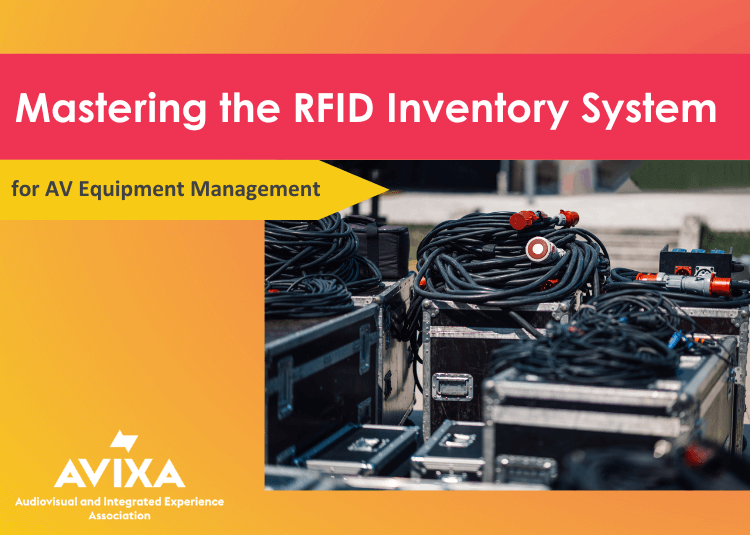News & Trends
The Crucial Role of Audiovisual Translation (AVT) in Global Entertainment
Entertainment has become a universal language. People worldwide consume untold hours of movies, TV shows, and other media forms, regardless of language barriers. This is where audiovisual translation (AVT) comes into play.
Audiovisual translation, or AVT, is the process of translating and adapting audiovisual content for different languages and cultures. It plays a crucial role in making entertainment accessible to a global audience. The importance of audiovisual translation in the entertainment industry and how it ensures cultural adaptation and quality assurance cannot be overstated. Here’s why.
The Importance of Cultural Adaptation
One of the main goals of audiovisual translation is to ensure cultural adaptation. The translated content should be linguistically accurate and culturally appropriate for the target audience. This is especially important in the entertainment industry, where cultural references and nuances significantly influence the overall experience.
For example, a funny joke in one culture may not make sense in another. In such cases, the AV translator must adapt the joke to make it relatable to the target audience. This requires a deep understanding of both the source and target cultures and the ability to creatively adapt the content without losing its original meaning.
Cultural adaptation is also crucial in preserving the authenticity of the content. For instance, a movie set in a specific country should have accurate translations of street signs, menus, and other visual elements to maintain the illusion of being in that location. This attention to detail makes audiovisual translation an essential aspect of global entertainment.
The Role of Audiovisual Translation in Quality Assurance
In addition to cultural adaptation, AVT also plays a vital role in ensuring the overall quality of the translated content. This includes linguistic accuracy, technical aspects, and consistency.
Linguistic accuracy is crucial in audiovisual translation, as any mistranslation can significantly impact the audience’s understanding and enjoyment of the content. AV translators must have a strong command of both the source and target languages and be familiar with the cultural context to convey the intended message accurately.
Technical aspects, such as lip-syncing and timing, are also essential in AVT. In dubbing, for example, the translated dialogue must match the lip movements of the actors on screen. This requires precise timing and coordination between the AV translator and the voice actors.
Consistency is another crucial aspect of quality assurance in audiovisual translation. This means that the translated content should be consistent in terms of terminology, style, and tone throughout the entire project. This ensures a seamless viewing experience for the audience and maintains the integrity of the original content.
Types of Audiovisual Translation
There are various types of audiovisual translation, each with its own unique challenges and techniques. The most common types include subtitling, dubbing, and voice-over.
Subtitling
Subtitling adds translated text at the bottom of the screen while the original audio remains in the source language. This is a popular method for foreign films and TV shows, as it allows the audience to hear the original dialogue while reading the translation.Subtitling requires a high level of linguistic and technical skills. The AV translator must be able to condense the dialogue into concise and readable subtitles while also considering timing and character limits. They must also be familiar with subtitling software and techniques to ensure a smooth viewing experience.
Dubbing
Dubbing replaces the original audio with a translated version in the target language. This is a popular method for animated films, TV shows, and live-action content in non-English speaking countries.Dubbing requires a team of voice actors, translators, and technicians to create a seamless translation. The voice actors must not only have a strong command of the target language but also be able to match the tone and emotions of the original actors. The AV translator must also adapt the dialogue to fit the lip movements of the actors on screen.
Voice-over
Voice-over is similar to dubbing, but the original audio is not entirely replaced. Instead, the translated dialogue is spoken over the original audio, allowing the audience to hear both versions simultaneously.Voice-over is commonly used in documentaries and interviews, as it allows the audience to hear the original audio while also understanding the translation. This method requires precise timing and coordination between the AV translator and the voice-over artist to ensure a smooth and accurate translation.
The Future of Audiovisual Translation
As technology continues to advance, so does the field of AVT. With the rise of streaming services and global distribution, the demand for high-quality AVT has increased significantly. This has led to the development of new tools and techniques to improve the efficiency and accuracy of AVT.
One such tool is machine translation, which uses artificial intelligence to translate content quickly and accurately. While machine translation can be helpful for certain types of content, it is not yet advanced enough to replace human translators in AVT. This is because AVT requires a deep understanding of cultural nuances and creative adaptation, which machines are not yet capable of.
Another technology that is revolutionizing AVT is cloud-based translation platforms. These platforms allow translators to work collaboratively and access translation memories and glossaries, ensuring translation consistency and accuracy. They also provide a centralized repository for all translated content, making managing and updating translations easier.
Audiovisual translation is crucial in making entertainment accessible to a global audience. It ensures cultural adaptation, quality assurance, and a seamless viewing experience for the audience. With the advancements in technology, the future of AVT looks promising, and we can expect to see even more high-quality translations in the global entertainment industry.







.png?sfvrsn=519c2f3c_1)





